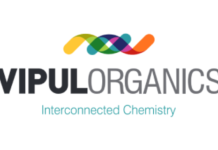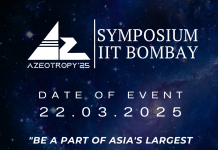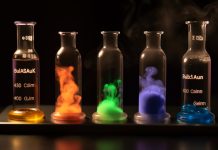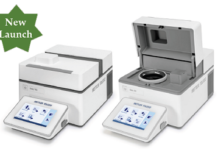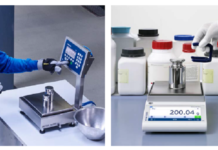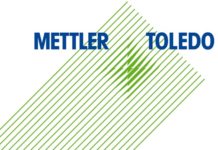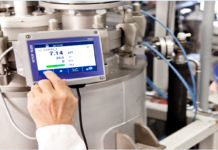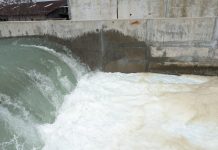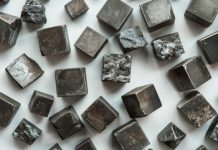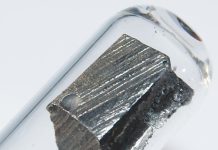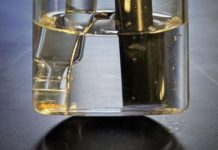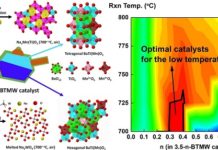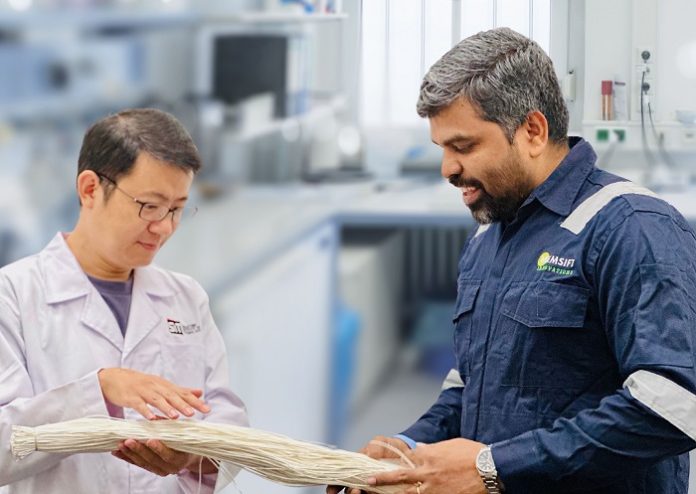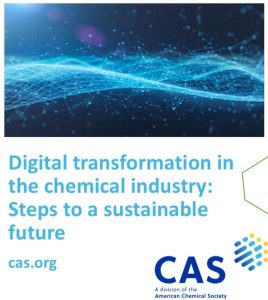Memsift Innovations Pte Ltd has partnered with the Singapore Institute of Technology (SIT) to advance the development of chemical-resistant hollow fiber nanofiltration (NF) membranes.
The innovative membranes aim to recover valuable chemicals from spent acids and bases. These are found in wastewater generated by the microelectronics and semiconductor industries. The collaboration offers a sustainable alternative to current chemical waste management practices.
Addressing Environmental Challenges in Semiconductor Manufacturing
The semiconductor industry faces significant environmental challenges, primarily due to its extensive use of water and chemicals.
Wastewater from semiconductor manufacturing often contains high concentrations of spent acids, bases, and heavy metals, making treatment both complex and costly. Traditional solutions like neutralization and incineration are energy-intensive and harmful to the environment.
As global regulations tighten, there is a growing need for more sustainable waste treatment options.
A Sustainable Approach to Wastewater Treatment
The collaboration between Memsift and SIT is a response to the pressing need for sustainable liquid-waste treatment solutions. Dr. J Antony Prince, founder and CEO of Memsift Innovations, emphasized that the partnership focuses on developing advanced NF membranes that prioritize sustainability and circular economy principles.
Developing High-Performance Membranes for Chemical Recovery
The new generation of NF membranes will feature enhanced chemical resistance, selective permeability, and robust performance.
The team will incorporate cutting-edge materials like functionalized graphene and hybrid organic-inorganic nanomaterials to ensure the membranes can endure the harsh chemical environments typical of semiconductor wastewater.
These membranes are designed to recover over 90% of valuable chemicals, such as those used in stripping baths for removing photoresist and organic residues from wafers.
To optimize their performance, the membranes will undergo rigorous testing using real industrial wastewater and advanced characterization techniques. The technology will also be demonstrated at a global microelectronics manufacturing facility in Singapore by the end of 2025.
Significant Benefits for Industry and the Environment
The adoption of these NF membranes will reduce the volume of waste that requires downstream treatment and disposal.
This will lead to lower operational costs, minimized energy consumption, and a reduced environmental footprint.
While initially focused on the semiconductor sector, these membranes have the potential for broader industrial applications where resource recovery from high-strength wastewater is essential.
Leveraging Expertise from Academia and Industry
SIT will contribute its expertise in membrane design, fabrication, property characterization, and performance analysis.
This complements Memsift’s industrial experience and intellectual property in advanced membrane technologies.
The collaboration represents a powerful synergy between academia and industry to solve critical issues in waste management.
Providing Hands-On Experience for Students
In addition to advancing sustainable technology, the partnership will offer valuable learning opportunities for SIT students.
At least three students from the pharmaceutical engineering and chemical engineering degree programs will participate in polymer processing, membrane fabrication, filtration equipment operation, and process analytical techniques. This hands-on experience will prepare them for future roles in sustainable engineering.
A Vision for the Future of Water Management
The collaboration reinforces Memsift Innovations’ position as a leader in sustainable water management technologies.
The chemical-resistant NF membranes developed through this partnership have the potential to transform liquid-waste treatment in the semiconductor industry.
As per the press release, they set a new standard for efficiency, sustainability, and resource recovery, paving the way for future innovations in wastewater treatment.






